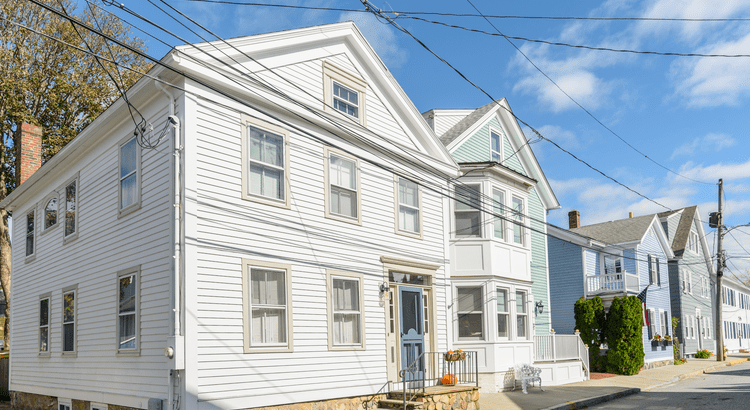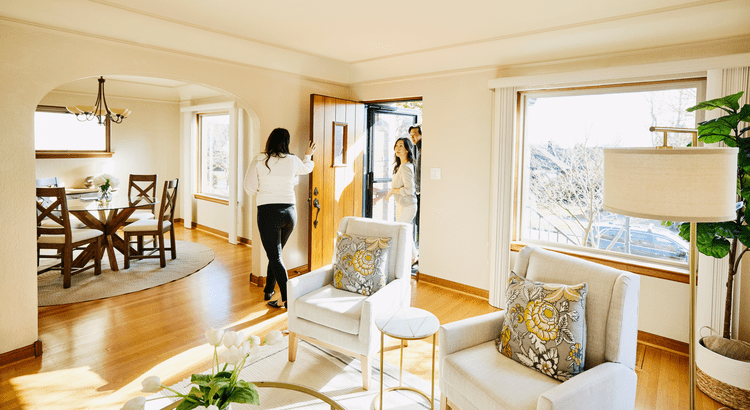
Does Your Current Home Fit Your Retirement Plans?
Does Your Current Home Fit Your Retirement Plans? 退休不僅僅是一個里程碑。這是一個真正特別的事情的開始。經過多年的努力,終於到了放慢腳步、探索新的熱情、按照自己的方式生活的時候了。 但隨著這激動人心的篇章的到來,我們也面臨一些重大的選擇。其中最大的一個問題是:您現在的住所是否仍然適合您下一階段生活所希望的生活方式(和預算)? 這是目前一個特別重要的問題。根據美國勞工統計局(BLS)的數據,光是過去五年裡,生活成本就上漲了23% 。這是基於消費者物價指數(CPI)得出的,該指數追蹤消費者為商品和服務支付的平均價格的變化(見下圖): Whe

The Return to Urban Living — Why More People Are Moving Back to Cities
回歸城市生活-為什麼越來越多的人搬回城市 經過多年的疫情期間的郊區和農村遷移,城市在過去幾年中已經開始復甦。根據全美房地產經紀人協會(NAR)的數據,遷往城市的人口比例已上升至16%。雖然這對你來說可能聽起來不是一個很大的數字,但它是十年來的最高水平——這是一件大事(見下圖): BrightMLS 的數據似乎證實了這個趨勢。在最近的一項調查中,五分之一(20.6%)想要買房的人表示他們想住在這座城市。 那麼,這種不斷轉向城市生活的背後原因是什麼呢?讓我們來分析人們放棄安靜的郊區而選擇繁華的城市景觀的三大原因。您也許會發現自己也想賣掉有大院子的房子,然後搬到城市綠洲去。 1. 充滿活力的文化

Why You’ll Love Owning a Home
擁有一棟房子可以帶來很多好處,包括非財務方面和財務方面。從成就感和表達自由,到增加您的淨資產,愛上擁有房屋是件很容易的事。 您想擁有一棟房子的首要原因是什麼?請告訴我,我們將製定一個可行的計劃。
Categories
Recent Posts











